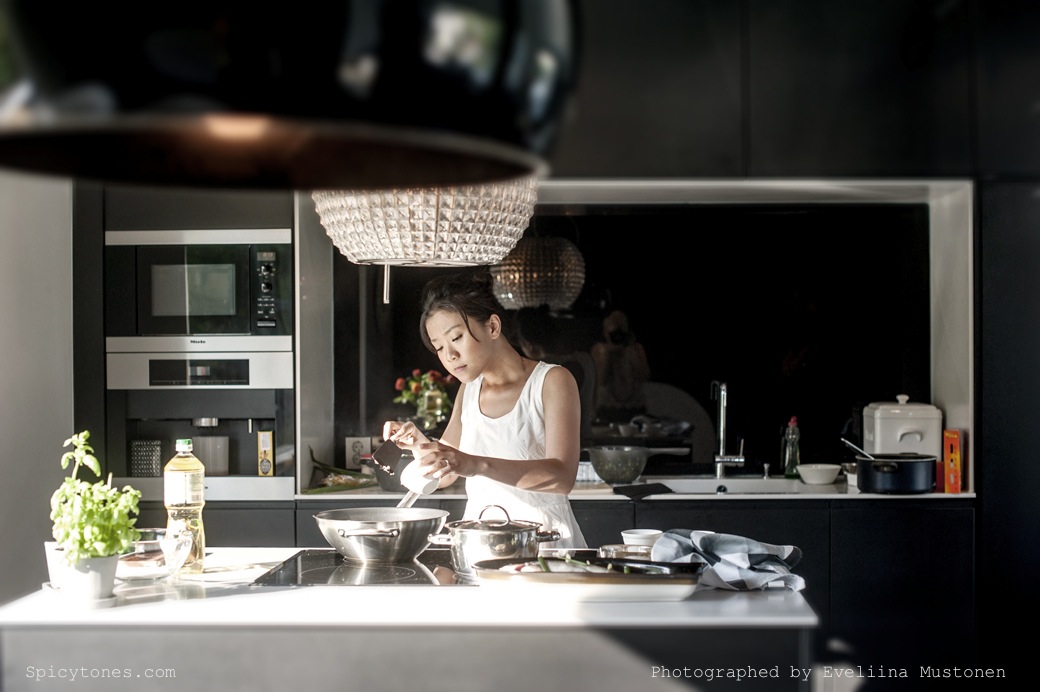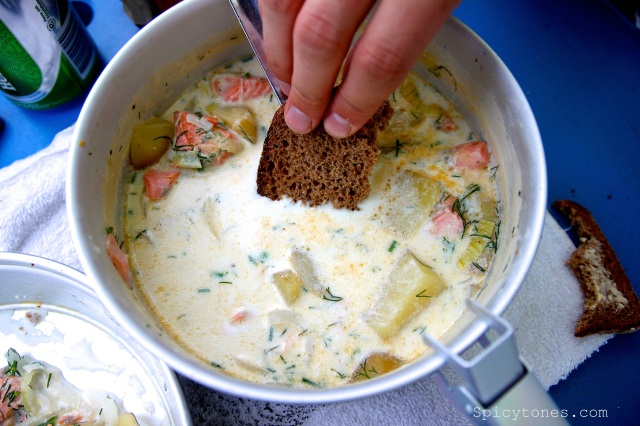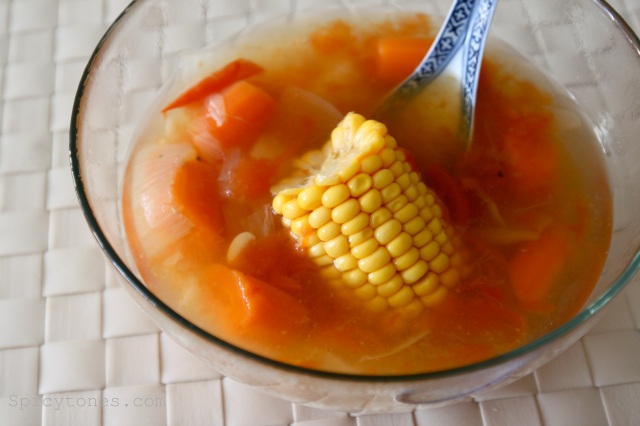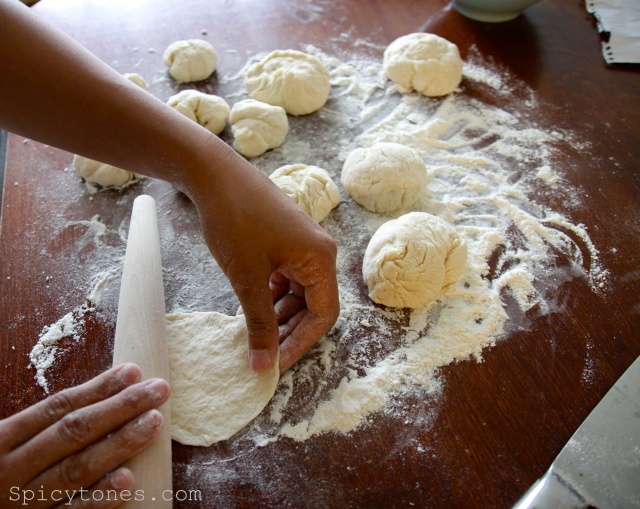I am so blessed. This summer has been really warm and I finally have my summer break ‘almost’ free after 3 years of intensive studies pursuing my bachelor’s degree in Hospitality Management. My husband and I already went to Barcelona in July and last week we even drove all the way from Helsinki up north to Norway and back, 3029 km in total. 😀 Imagine I have already had 2 holidays! Yes, I know, I’m so lucky. Barcelona was great, full of delicacies, cultures, architectures and energy! But I’ve got so tired. Don’t get me wrong, it was the excitement of the city; I was overjoyed. 🙂 But what I want to emphasise is that Finland is one of the most beautiful places in the world where you can really let go and loosen up completely, particularly during the summer time. When the sun is up, the water is cool, the sauna steaming hot, fishes jumping out from the lake, sausages grilling on the coal, and cold beers. Birds fly, wind blows. The sound of leaves, the smell of birch, period. And my phone battery ended, how perfect. That was when I finally disconnected from everybody, everything else that does not really matter. The moment of stillness, emptiness and silence is so calming that it made me feel like it was worth dying for. It was real that felt so unreal. If you can only imagine.
Kaamanen, a village where we camped in Inari, Lapland of Finland.
My husband and I were camping along our way, mostly next to the rivers. During our road trip, we met countless reindeers and sheep on the road as expected. We also saw them crossing the river and running under the mountains, amazingly beautiful. I can tell you that we were truly back into the wild. How? We drank straight from the clear rivers, we cooked and ate organic foods (we picked wild berries and mushrooms), we washed ourselves in the rivers and we also tried to fish our dinner. 😉 On our way we visited my husband’s uncle Kari in Tervola, where his partner Sinikka has her own garden, how cool! Before we headed on to Norway, Kari gave us some fresh dill, onions, new potatoes and salmon that he caught from the Kemi river next to their home.
Here come the new potatoes and fresh dill.
Kari is kind, truthful and super humorous. He loves to watch Bold and Beautiful. 😀 😀 Kari and Sinikka are one of the most caring people we know. It is completely stress-free to hang out with them. ❤
Alright back to the business. What do you eat when you go into the wild? You can make sushi straight from the fresh salmon, if you happen to have sushi rice with you. 😀 Or sashimi. I happened to have fresh dill, onions, new potatoes and salmon, so it called for a Finnish classic cuisine ‘Lohikeitto’, salmon soup. It’s like sweet and sour from China, fish and chips from UK and mac and cheese from US for examples. You can’t miss a salmon soup when you visit Finland, at least it is one of the most common Nordic dishes among the locals. It is great all year around, during winter -30 celsius or summer +30 celsius, it tastes always as good! And it’s super easy. Learn it and you won’t regret it.
(Make 2 servings)
Ingredients:
500g Salmon, skinned and cubed
6 Medium size potatoes, cubed
1 Onion, sliced
1 l High fat milk (3%)
1 bunch dill, chopped
1 tbsp Butter
1 tsp Salt
1 tsp Pepper
Methods: (When you are inside a tent)
1) Melt butter in pan/pot. Add sliced onion and fry until fragrant. Add potatoes and sauté until soften (I think it is faster to cook by sauteing than boiling with a portable stove).
2) Add in salmon and sauté until it turns pink (cooked). Add in milk, salt and pepper. Cook with high heat but do not let the milk to boil.
3) Cook the soup until the potatoes are soft and good to eat. Mix in the chopped dill and served warm with rye bread.
Note: In a proper kitchen, people cook the onion and potatoes with water, and add in salmon and dill just before serving, cream is rather optional. By accident I found it better in taste by just adding milk instead of water. Thanks for my mother-in-law who taught me to use high fat milk for this recipe. It tasted so ‘complete’! Pure satisfaction!
Hyvää ruokahalua!
 Here is a picture of me preparing to cook inside of our tent. WILD! 😀
Here is a picture of me preparing to cook inside of our tent. WILD! 😀




























